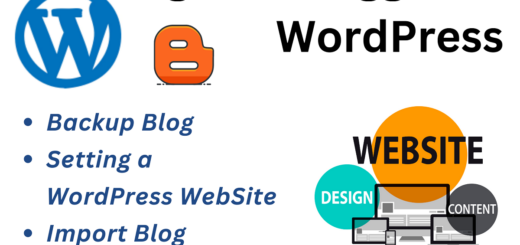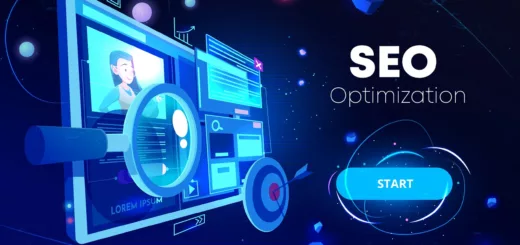Advance On-page SEO Technique: Boost Your Ranking Today
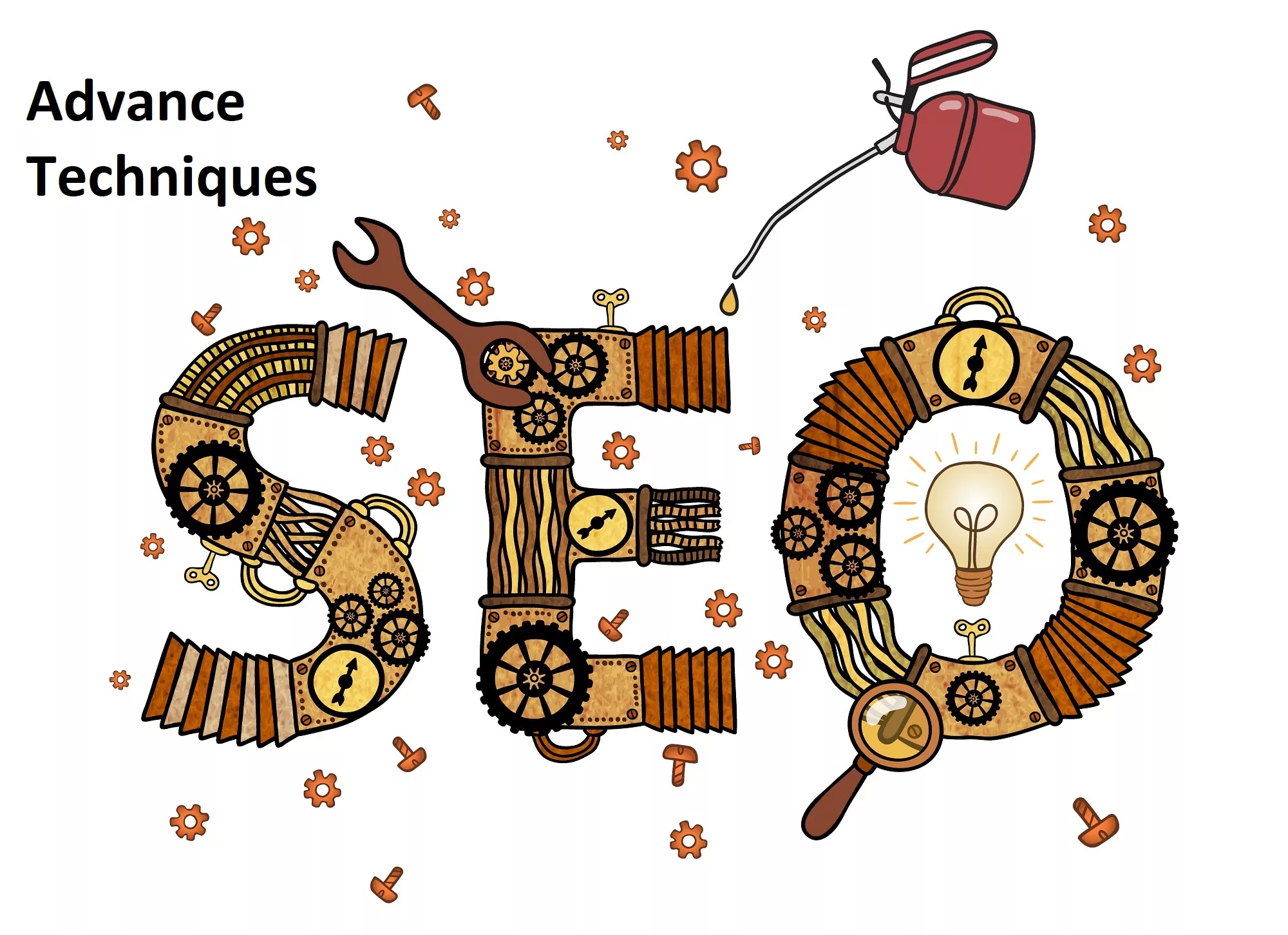
The On-page SEO technique refers to all the actions that can be taken inside the website to raise its position in the search results. Examples of this include steps taken to improve the meta description and title tags or to optimize the content. To determine whether a searcher’s query is pertinent to your site, search engines assess your website and the information that is linked to it with the aid of on-page SEO. In order to better comprehend a searcher’s purpose and provide search results that are appropriate for that user, Google is continually tweaking its algorithm. In addition you should have the complete knowledge about e-commerce and creating a blog website.
Previous Article – On-page SEO Technique
In the previous article, some basic On-page SEO techniques were discussed and in this article, we will learn some advance On-page SEO techniques in details. Therefore, this article may be read in conjunction with the previous article.
Advance Techniques for On-page SEO
In addition to the fundamental On-page SEO techniques mentioned above, there are several advanced strategies that can further improve your website’s search rankings. Let’s explore these techniques in detail:
a. Optimizing Meta Tags
In this On-page SEO technique, the meta tags, including meta titles and meta descriptions, are crucial elements of on-page SEO. Optimizing these tags with relevant keywords and compelling copy can significantly impact your website’s click-through rates and search visibility.
To optimize your meta tags, you should follow some On-page SEO techniques:
- Use unique and descriptive meta titles for each web page.
- Include relevant keywords in your meta titles, but avoid keyword stuffing.
- Ability to add meta descriptions that hit in the mind of users to click on your website.
- Keep your meta titles within the recommended character limit of around 50-60 characters.
- Ensure that your meta descriptions accurately summarize the content of your web pages.
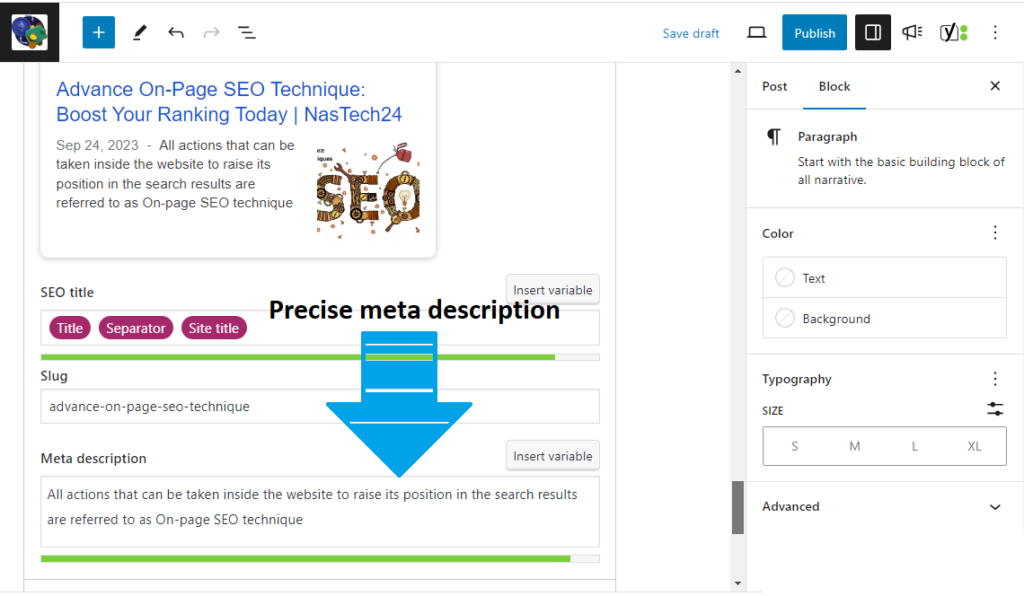
b. Using Header Tags Effectively
Secondly, Header tags (H1, H2, H3, etc.) play a crucial role in organizing and structuring your website’s content using On-page SEO techniques. Search engines use header tags to understand the hierarchy and importance of the information on your web pages. Therefore, in this On-page SEO technique header may be added as per following tips.
To use header tags effectively:
- Use a single H1 tag per web page to denote the main heading.
- Try to add specific keywords naturally into header tags.
- You should add H2 and H3 heading tags for subheadings and titles.
- Structure your content with a logical hierarchy using header tags.
- Ensure that your header tags accurately reflect the content of the corresponding sections.
c. Optimizing Anchor Text
Thirdly, the On-page SEO technique is optimizing anchor text. This text can improve your website’s search visibility and help search engines understand the relevance and context of the linked content.
To optimize anchor text:
- Use descriptive and keyword-rich anchor text that accurately describes the linked content.
- Avoid anchor text like “click here” or sometimes “read more.”
- You should try to add specific keywords naturally into anchor text.
- Provide context to users and search engines about the linked content.
- Use internal and external links strategically to enhance the user experience and improve crawlability.
d. Utilizing Alt Text for Images
Fourthly in On-page SEO technique, alt text, also known as alternative text, is used to describe the content of an image to search engines and visually impaired users. Optimizing alt text can improve your website’s accessibility and search visibility.
To utilize alt text effectively:
- Write concise and descriptive alt text that accurately describes the image.
- You should try to add specific keywords naturally into alt text.
- Avoid keyword stuffing and keep your alt text within the recommended character limit of around 125 characters.
- Use alt text to provide context and enhance the user experience for visually impaired users.
- Ensure that your alt text is readable and meaningful to both search engines and users.
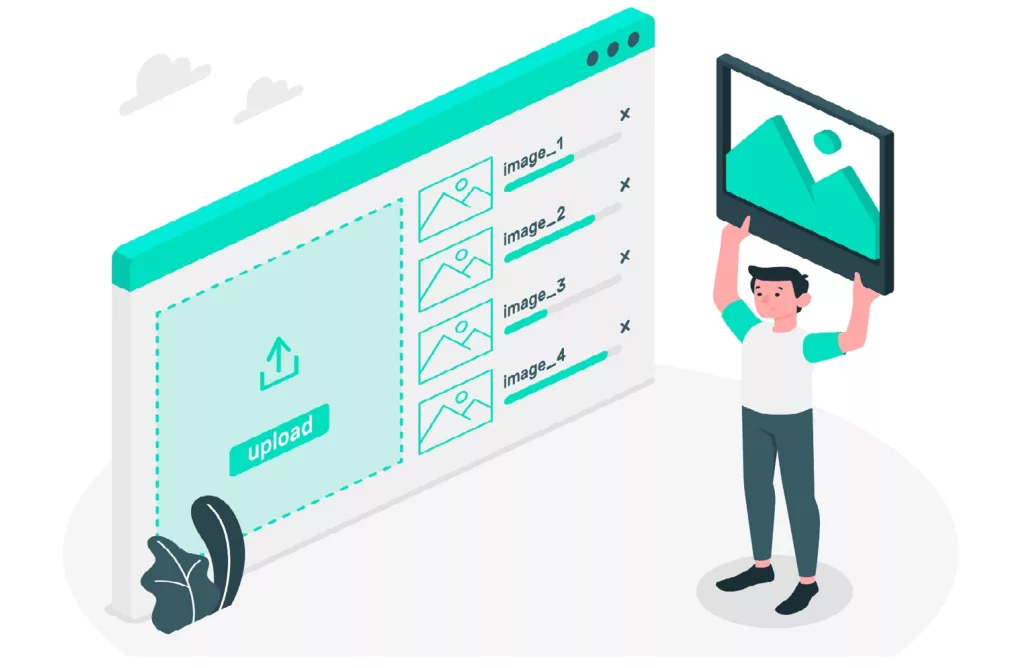
e. Implementing Canonical URLs
Last but not least in On-page SEO technique, Canonical URLs are used to resolve duplicate content issues and indicate the preferred version of a web page to search engines. Implementing canonical URLs can improve your website’s crawlability and prevent potential penalties for duplicate content.
To implement canonical URLs:
- Identify and consolidate duplicate content on your website.
- Choose a preferred version of the web page and set it as the canonical URL.
- Implement rel=”canonical” tags in the HTML header of the non-preferred versions of the web page.
- Ensure that the canonical URL accurately represents the content of the web page.
- Regularly monitor and update canonical URLs as necessary to prevent duplicate content issues.
f. Optimizing for Rich Snippets
Lastly, the rich extracts are improved searches that include more details, such as star ratings, reviews, and different images. Optimizing your website’s content for rich snippets can improve its visibility and click-through rates on search engine results pages.
To optimize for rich snippets:
- Use structured data markup, such as schema.org, to provide additional information about your content.
- Implement schema markup for different content types, such as articles, recipes, events, and products.
- Include relevant and accurate information, such as ratings, prices, dates, and addresses.
- You should regularly test structured data using online tools like Google’s Structured Data Testing.
- Monitor your website’s appearance in rich snippets and make adjustments as necessary.
2. Measuring On-Page SEO Technique
Measuring the success of your on-page SEO technique efforts is crucial to understanding the impact of your optimizations and identifying areas for improvement. Here are some key metrics to consider when measuring on-page SEO success:
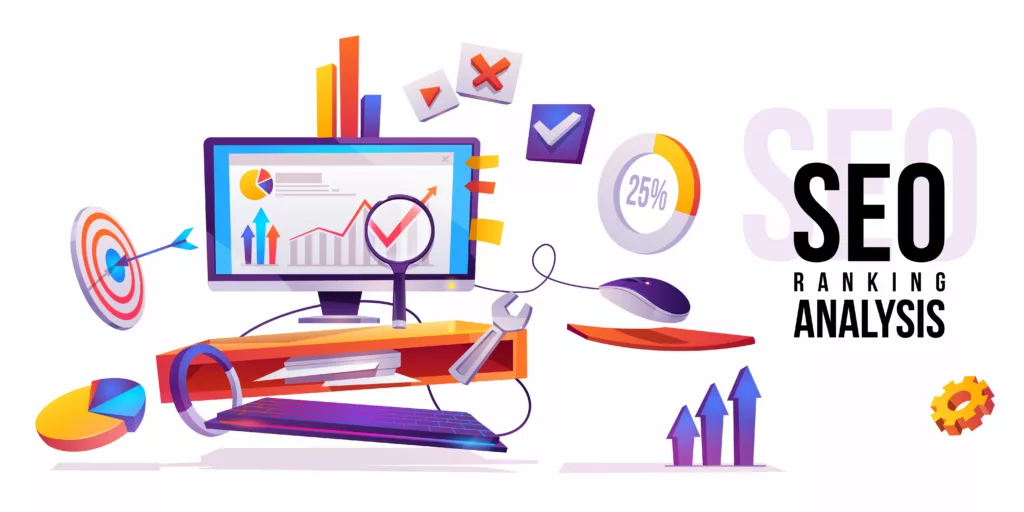
a. Tracking Keyword Rankings
Firstly, track the rankings of your target keywords on search engine results pages. Monitor changes in rankings over time to assess the effectiveness of your on-page optimizations.
b. Analyzing Website Analytics
Secondly, use website analytics tools, such as Google Analytics, to analyze important metrics like organic traffic, bounce rate, time on page, and conversions.
c. Monitoring User Engagement
Thirdly, monitor user engagement metrics, such as click-through rates, time spent on page, and scroll depth. These metrics can help you understand how users interact with your website and the impact of your on-page optimizations on user experience.
Finalizing the On-page SEO Technique
On-page SEO is a critical component of a successful SEO strategy. By optimizing various on-page factors, you can improve your website’s visibility, relevance, and user experience. Implement the techniques discussed in this guide to enhance your on-page SEO technique and drive organic traffic to your website. Remember to regularly monitor and measure the impact of your optimizations to continuously improve your website’s search rankings. With these helpful tips, may be your website will rank. If not, additionally try to double-check your content’s settings and for plagiarism, which is crucial for ranking, especially on Google. The article “Digital Marketing and Best Tools” is also available for reading. Moreover, if you want to migrate your website to wordpress then my article on the topic will help you completely and you will find much more on nastech24.

